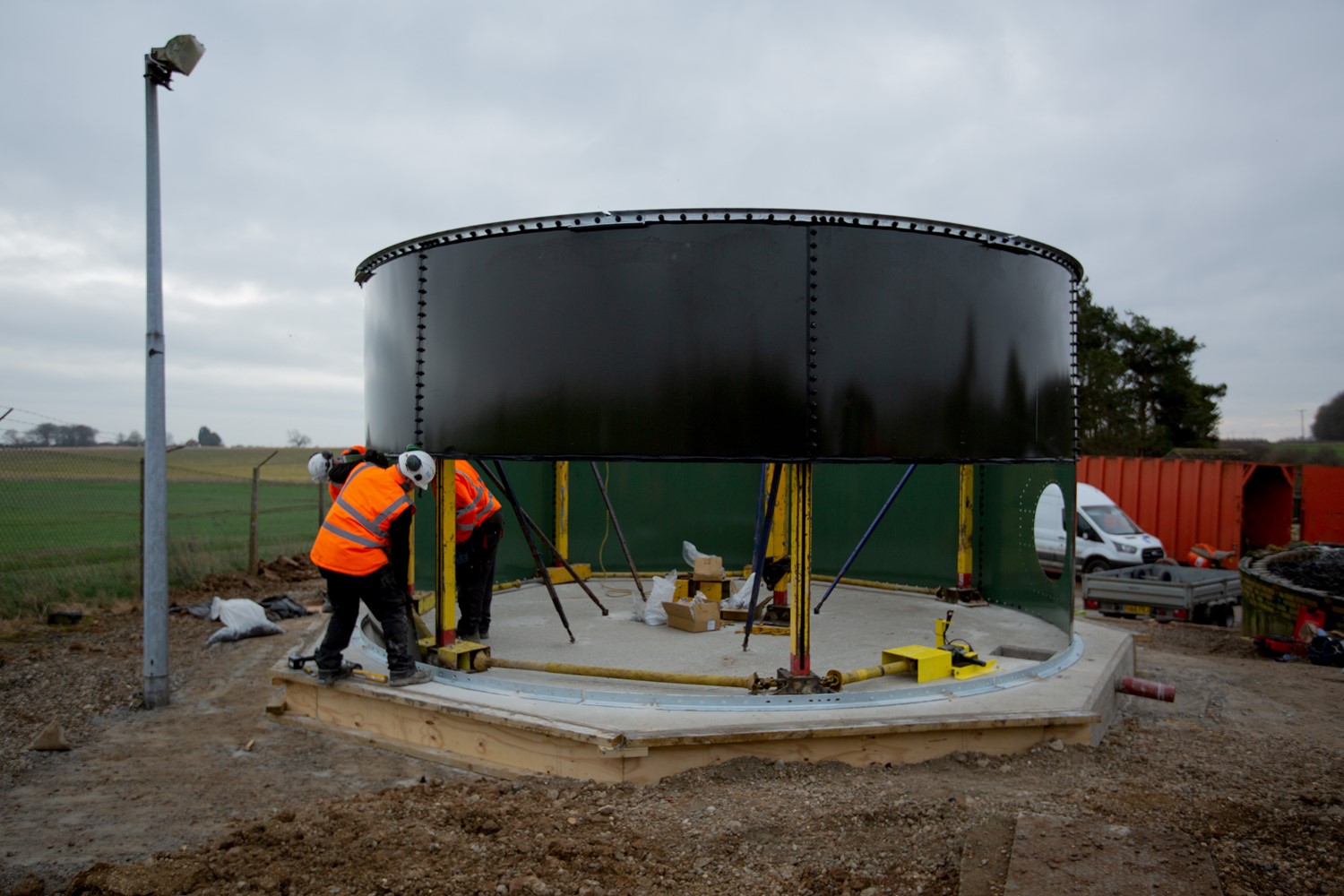As the water industry commits to improving the health of rivers and seas by reducing unwanted stormwater spills, Stonbury assists companies in reaching goals without compromising on cost, quality or the environment.
Water companies face pressure to meet Environment Agency requirements to progressively increase stormwater storage as part of the Storm Overflows Discharge Reduction Plan. The £56 billion mandatory investment programme is the largest infrastructure project to protect the environment in water company history. Through Early Contractor Involvement (ECI), Stonbury delivers innovative solutions that increase affordability for clients and reduce environmental impacts.
Promoting sustainable change
Combined Sewer Overflows (CSOs) are safety valves for the UK’s sewerage system that combines sewage and rainwater. More frequent storm events, population growth and urban expansion have caused increasing wastewater to enter this system, leading to over 350,000 annual overspill events in the last few years. These events threaten public and environmental health prompting industry and government to seek solutions, one priority of which is to increase stormwater storage capacity on wastewater treatment sites.
In 2022, the Environment Agency introduced new minimum storage volumes tailored to individual sites, expecting companies to consider carbon reduction in planning necessary expansions. Stonbury believes that in most cases, replacing existing infrastructure with larger tanks is costly to both the water company and the environment and instead offers bespoke grey-green solutions.

Building solutions
Stonbury’s sustainability focus and value-for-money approach lead to the selection of the most efficient, cost-effective, low-carbon solutions. Adhering to Science-Based emission reduction targets and the Carbon Curve ‘build less’ approach, Stonbury’s service offerings include minor modifications which are completed in just one to two days, or in cases where it is deemed essential, options for major schemes which deliver conscientious ‘build clever’ infrastructure.
A key component of Stonbury’s framework partnerships is ECI, allowing in-house engineers to complete a survey of asset health and capacity to calculate the precise volumes required to meet the individualised target. This early involvement allows Stonbury to work with clients to design and optioneer the most cost-effective and carbon-efficient solution to the specific site problem and programme a schedule of works tailored to the asset compliance dates.


Considering the big picture
While increasing stormwater capacity is a key priority to reduce CSOs, Stonbury recognises the importance of strengthening the entire wastewater network to improve efficiency of processing and maximise storage capacity throughout it. Stonbury is regularly engaged in process tank refurbishments as well as catchment-wide projects including riverine works to outfalls. These utilise nature-based solutions, securing assets and benefiting the river environment.
Low-carbon and nature-based solutions are essential if water companies are to successfully solve the wastewater problem. A multi-faceted approach to stormwater reduction and storage includes both carbon-conscious grey infrastructure and blue-green options. Stonbury is pleased to deliver innovative designs using methods that align with water industry sustainability goals and their budgets.







